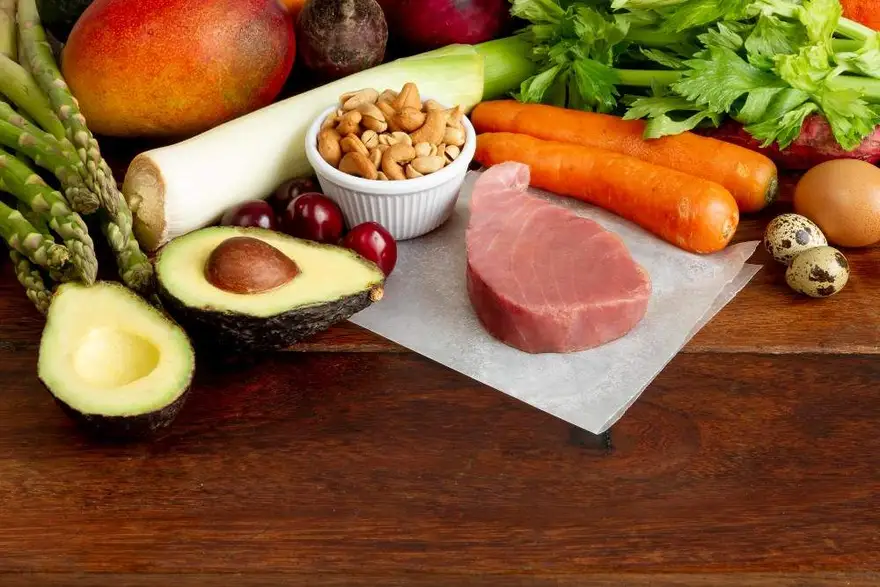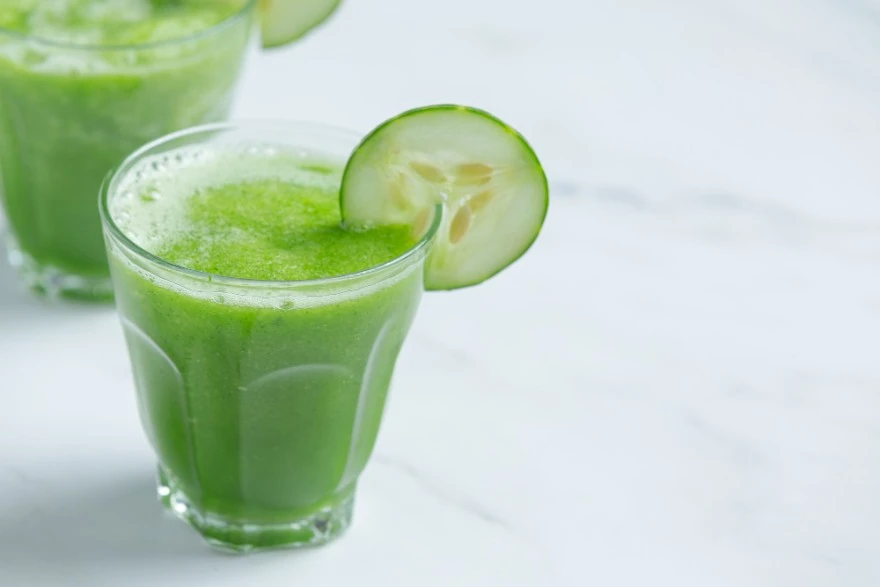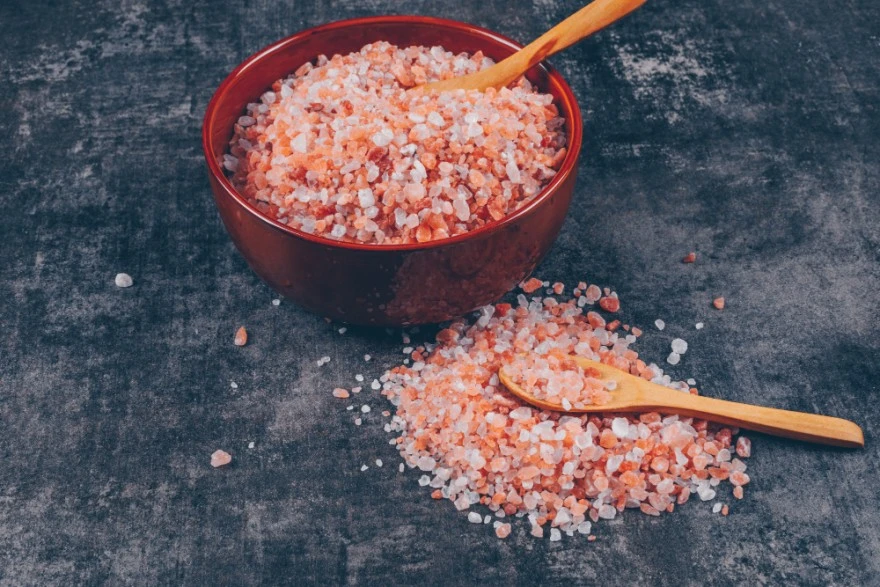Disease
Diet For Typhoid Fever: Get Chart, Know The Foods to Eat & Avoid for Fast Recovery

Table of Contents
What is a Typhoid Diet Chart?
A typhoid diet chart is a structured meal plan designed to support your recovery during typhoid fever. It focuses on easy-to-digest, nutrient-dense foods that are gentle on your stomach while helping to maintain stable energy levels. Since your digestive system becomes sensitive during this time, following a soft, low-fibre, and high-calorie diet is helpful.
The typhoid diet also encourages plenty of fluids and avoids foods that may cause irritation or worsen symptoms. This chart guides you on what to eat and when, helping you heal with less stress and more confidence.
Importance of a Proper Diet for Typhoid Recovery
Recovering from typhoid requires more than just medication. Your body needs the right nutrition to regain strength and fight off infection effectively. A proper typhoid diet plays a crucial role in your recovery process.
Here’s why your diet matters:
- Boosts Immunity: Nutrient-rich foods support your immune system, helping you recover faster.
- Eases Digestion: Soft, bland foods are gentle on your inflamed digestive tract, reducing discomfort.
- Prevents Weakness: High-calorie meals restore lost energy and fight fatigue caused by fever.
- Reduces Relapse Risk: Consuming right foods and avoiding harmful ones reduces the likelihood of symptoms returning.
- Maintains Hydration: Fluids and light meals prevent dehydration, especially during episodes of diarrhoea or sweating.
Following a proper diet for typhoid fever ensures your treatment works better while keeping you comfortable throughout your recovery.
Foods To Eat During Typhoid Fever
When you're recovering from typhoid, choosing the right foods can make a big difference in how quickly you feel better. The goal of a good typhoid diet is to offer nutrition, energy, and ease of digestion.
Here are the things to eat in typhoid:
- Boiled or Steamed Vegetables: Carrots, potatoes, and bottle gourd are soft and provide vital nutrients.
- Rice and Soft Porridge: White rice, rice gruel, and semolina (suji) porridge are easy to digest, providing energy and nourishment.
- Boiled Eggs and Steamed Fish: These are excellent sources of protein and are gentle on your stomach.
- Bananas and Stewed Apples: These fruits are light, rich in fibre, and also support digestion.
- Curd and Buttermilk: These provide beneficial bacteria for gut health and are easy on the stomach.
- Homemade Soups: Clear vegetable or chicken soup is nourishing and hydrating.
- Plenty of Water and ORS: Staying hydrated is key to managing fever symptoms.
This list of typhoid food to eat helps reduce irritation and boosts your recovery safely.
Foods To Avoid During Typhoid Fever
Knowing what not to eat is just as important as knowing what to include. During typhoid, your gut is already inflamed and irritated. Certain foods can make your symptoms worse or delay recovery if you’re not careful with your typhoid diet.
Here are foods to avoid:
- Raw Fruits and Vegetables: These may harbor bacteria or be harder to digest.
- Spicy and Fried Foods: These can irritate your digestive tract as well as increase inflammation.
- Red Meat: Hard to digest and heavy on the stomach during illness.
- High-Fibre Grains: Avoid brown rice, whole wheat, and bran – they are difficult to digest.
- Dairy Products (except curd): Milk, cheese, and cream can cause bloating and discomfort.
- Caffeinated or Carbonated Drinks: These irritate the stomach lining and may lead to dehydration.
- Street Food or Unhygienic Meals: These increase the risk of reinfection and should be strictly avoided.
Avoiding these helps you follow a safer, more effective typhoid diet chart during recovery.
Sample Typhoid Diet Plan for a Week
Planning your meals during typhoid can be stressful, especially when you’re already unwell. A structured typhoid diet chart can guide you through each day with less worry.
Here’s a simple weekly plan:
Day 1–2:
- Breakfast: Suji porridge with a ripe banana
- Mid-morning: Coconut water
- Lunch: Rice with boiled potatoes and carrots
- Evening: Apple stew
- Dinner: Moong dal soup with soft white bread
Day 3–4:
- Breakfast: Boiled egg and white bread toast
- Mid-morning: Buttermilk
- Lunch: Rice with steamed spinach and curd
- Evening: Mashed banana
- Dinner: Clear chicken soup with boiled rice
Day 5–6:
- Breakfast: Semolina upma with soft vegetables
- Mid-morning: Herbal tea
- Lunch: Rice with bottle gourd curry and plain curd
- Evening: Homemade custard
- Dinner: Steamed fish with mashed potatoes
Day 7:
- Breakfast: Boiled egg with bread and stewed apple
- Mid-morning: Lemon water with a pinch of salt
- Lunch: Plain rice with moong dal and boiled beans
- Evening: Banana smoothie (no milk)
- Dinner: Vegetable broth with soft bread
This weekly typhoid diet chart is balanced, easy to digest, and suitable for anyone recovering from typhoid fever.
Benefits of Following a Proper Typhoid Diet
Sticking to a proper typhoid diet offers several benefits that go beyond just feeling better day to day. It supports your body's natural healing abilities and helps prevent setbacks.
Here’s how:
- Speeds Up Recovery: Nutrients and hydration help your body fight off infection efficiently.
- Improves Gut Health: Gentle meals protect and heal the digestive tract.
- Reduces Risk of Complications: Following the right diet for typhoid fever prevents further inflammation or gastrointestinal issues.
- Boosts Energy: Calorie-rich, light foods help you overcome fatigue quickly.
- Supports Medication: Proper food intake enhances the effectiveness of antibiotics and other treatment.
A balanced typhoid diet helps you regain strength while minimizing discomfort and confusion about what to eat.
Downsides and Side Effects
While the typhoid diet is generally safe and effective, it’s helpful to understand some potential downsides or temporary effects you might experience.
- Nutrient Limitations: Since the diet avoids fibrous and raw foods, you may miss out on some vitamins temporarily.
- Monotony: The bland nature of the food may become repetitive, especially for children.
- Digestive Adjustments: Sudden shifts in your diet may cause mild bloating or irregular bowel movements in some cases.
- Reduced Appetite: The soft foods may not seem appealing, especially when you're tired or nauseated.
To avoid these issues, stay in touch with your doctor, especially if you’ve recently you’ve had a typhoid test or are still feeling unwell. Most of these side effects are mild and manageable, particularly when following a typhoid diet chart which is recommended by your healthcare provider. You can also book or inquire about the widal test price to ensure timely diagnosis and more informed treatment.
Conclusion
Recovering from typhoid requires more than just rest and medication – what you eat plays a crucial role in your recovery. A proper typhoid diet helps your body heal faster, keeps your energy up, and supports your digestive system. By following the right foods and avoiding harmful ones, you can manage symptoms better and prevent complications.
To confirm recovery or if symptoms persist, getting a reliable typhoid test is essential. For trusted diagnostics and quick reporting, you can book a test with Metropolis Healthcare, a leading name in quality pathology services.
FAQs
What should we eat during typhoid?
Eat soft, bland, high-calorie foods like rice, boiled vegetables, soups, bananas, and porridge to support digestion and boost recovery.
Is milk good for typhoid patients?
Plain milk is best avoided as it may cause bloating, but curd and buttermilk are better tolerated during the typhoid diet.
Can typhoid patients eat fruits?
Yes, but only soft, ripe, and cooked fruits like bananas, stewed apples, or papaya are safe and easy to digest.
How long should I follow the typhoid diet plan?
You should follow the typhoid diet strictly for 2–4 weeks, depending on your symptoms and advice from your doctor.
How does an internal medicine team help with a typhoid diet plan?
They guide your nutritional needs, monitor symptoms, and adjust your diet for typhoid fever based on your body’s healing response.
Can I eat curd in typhoid?
Yes, plain curd is safe. It supports digestion and provides good bacteria, making it a helpful choice in typhoid diet.
How to recover fast in typhoid?
Rest, stay hydrated, follow a soft typhoid diet, complete your medication, and avoid spicy or raw foods for better recovery.























